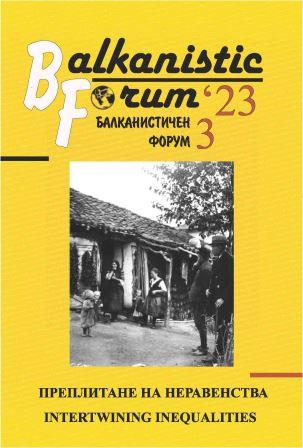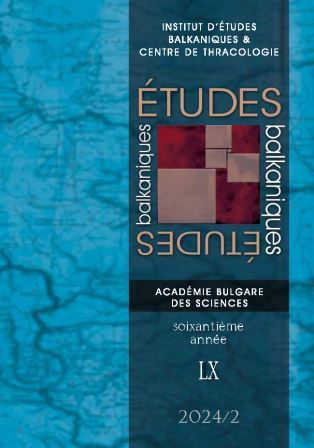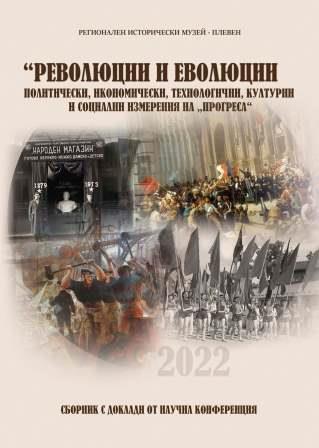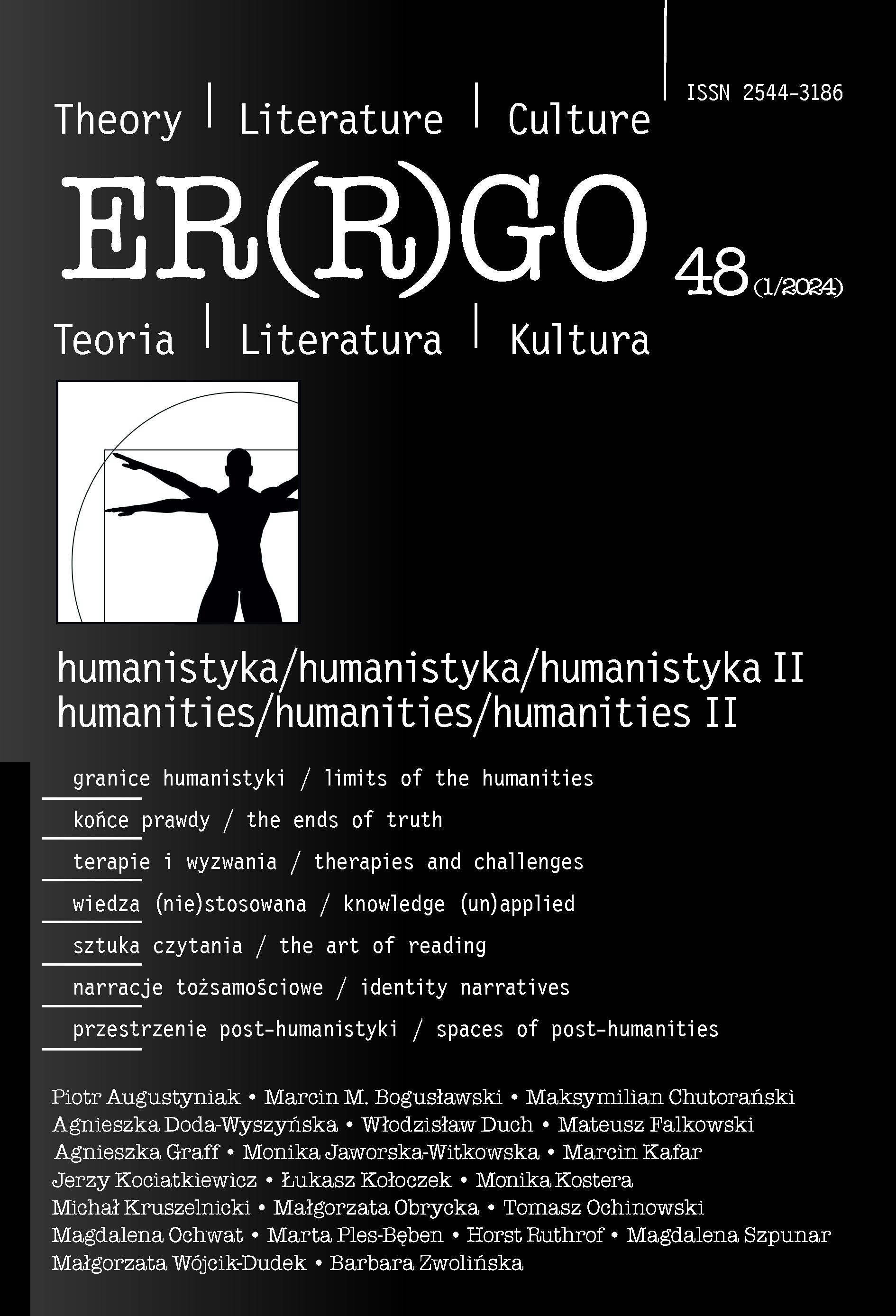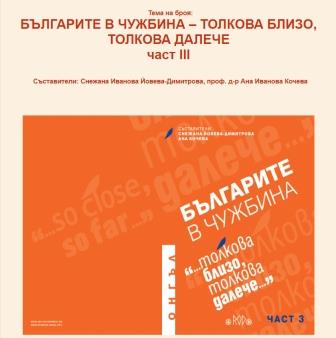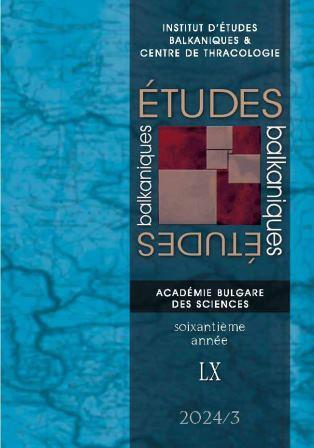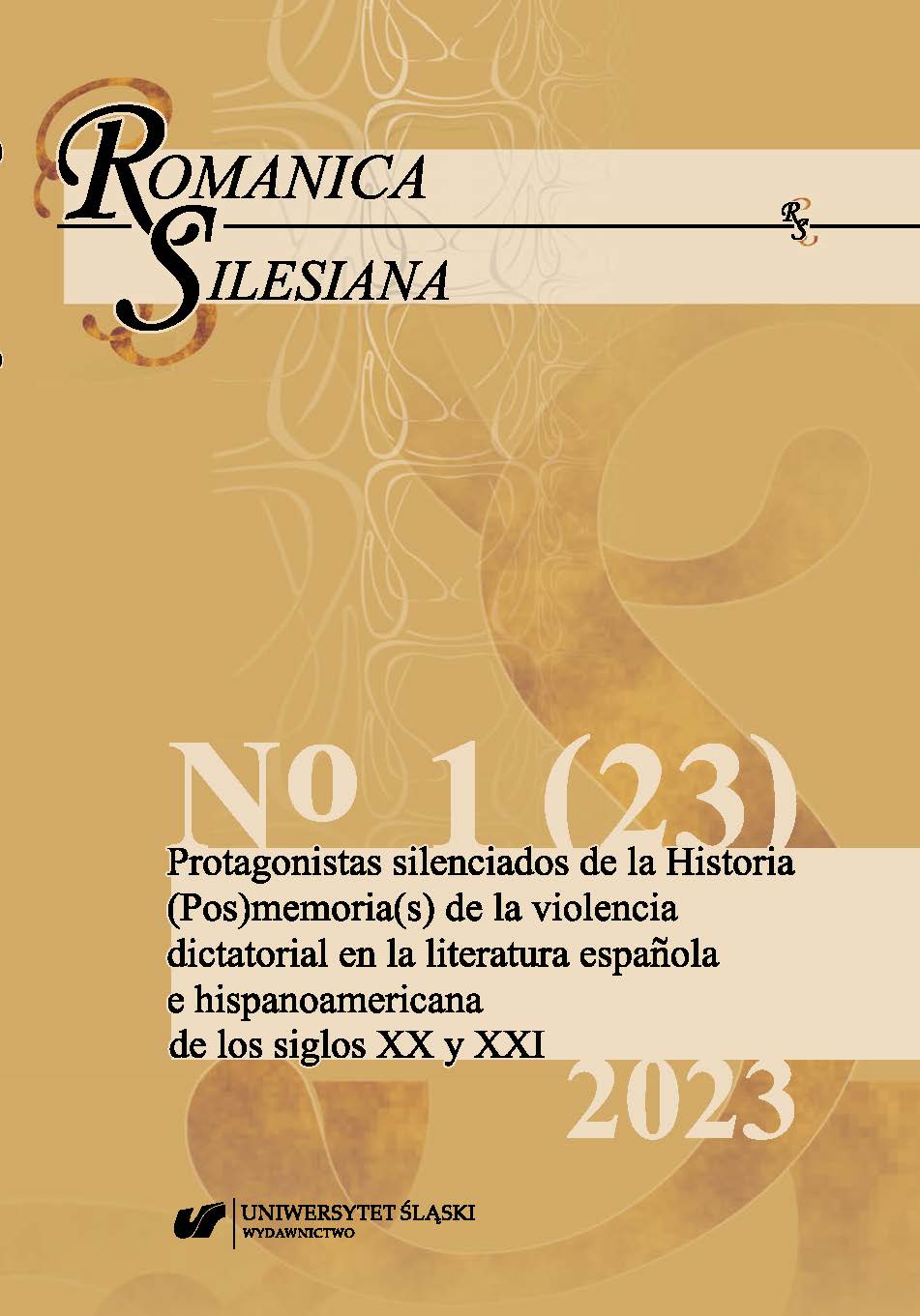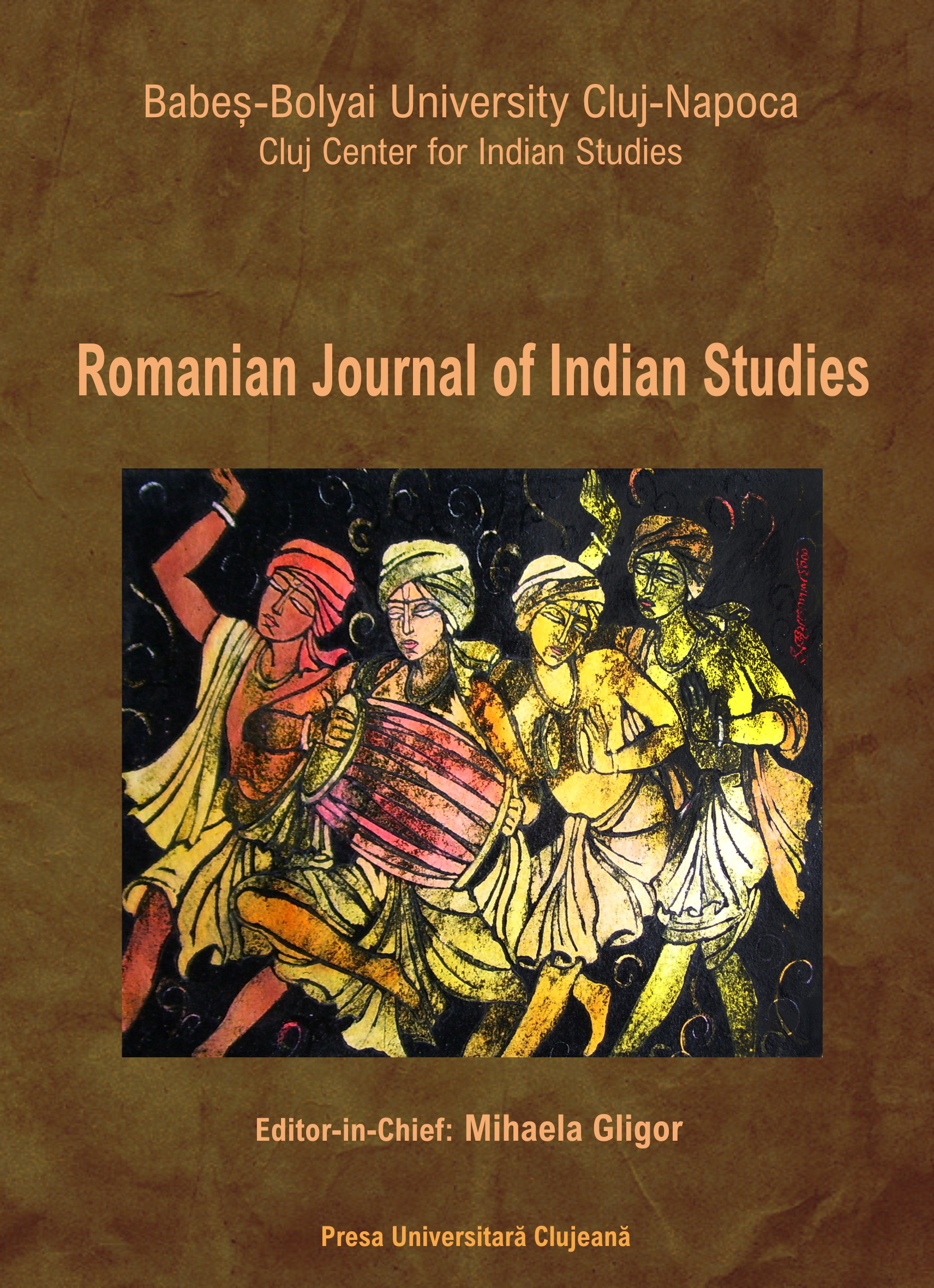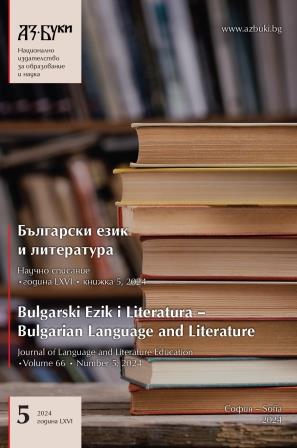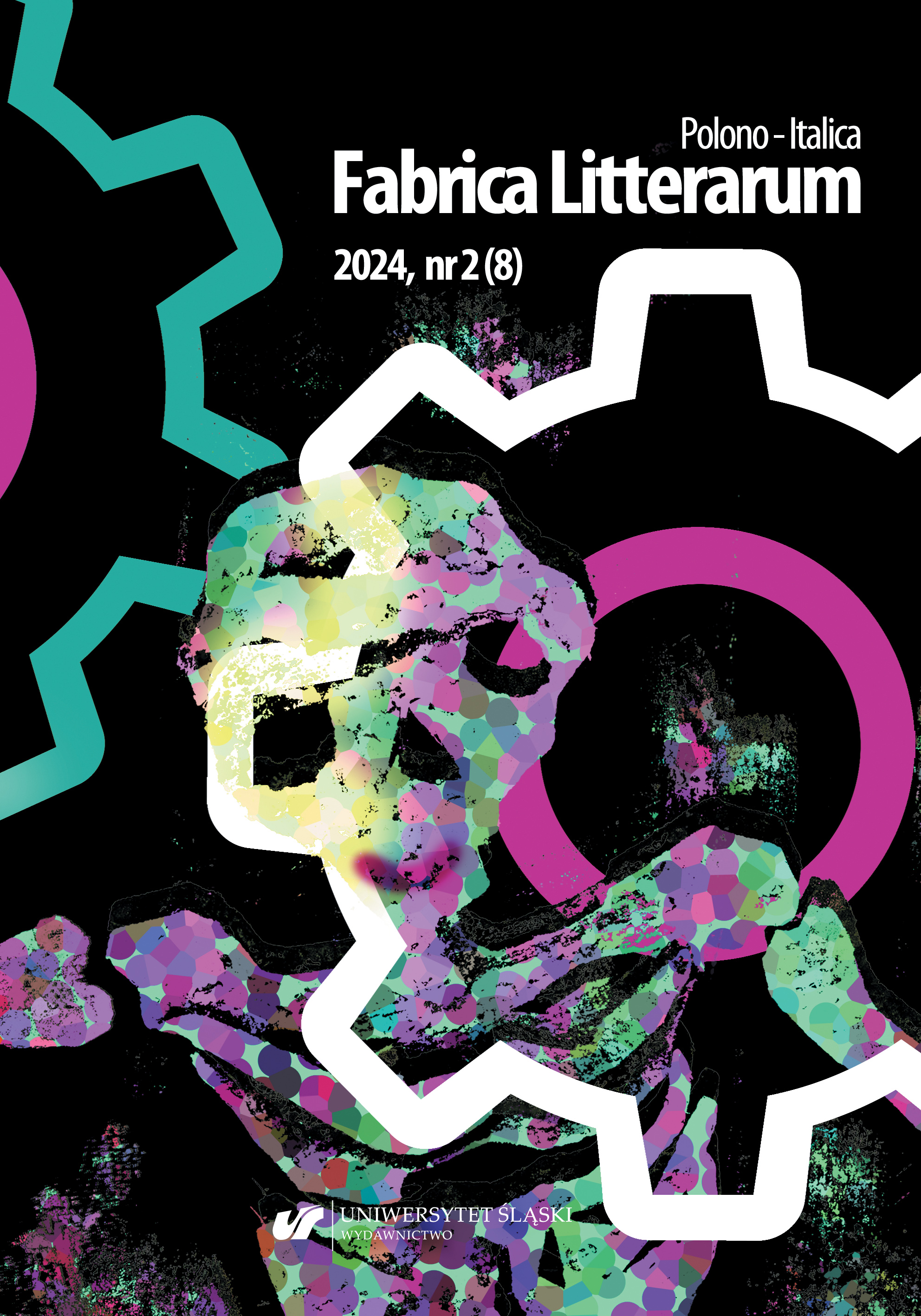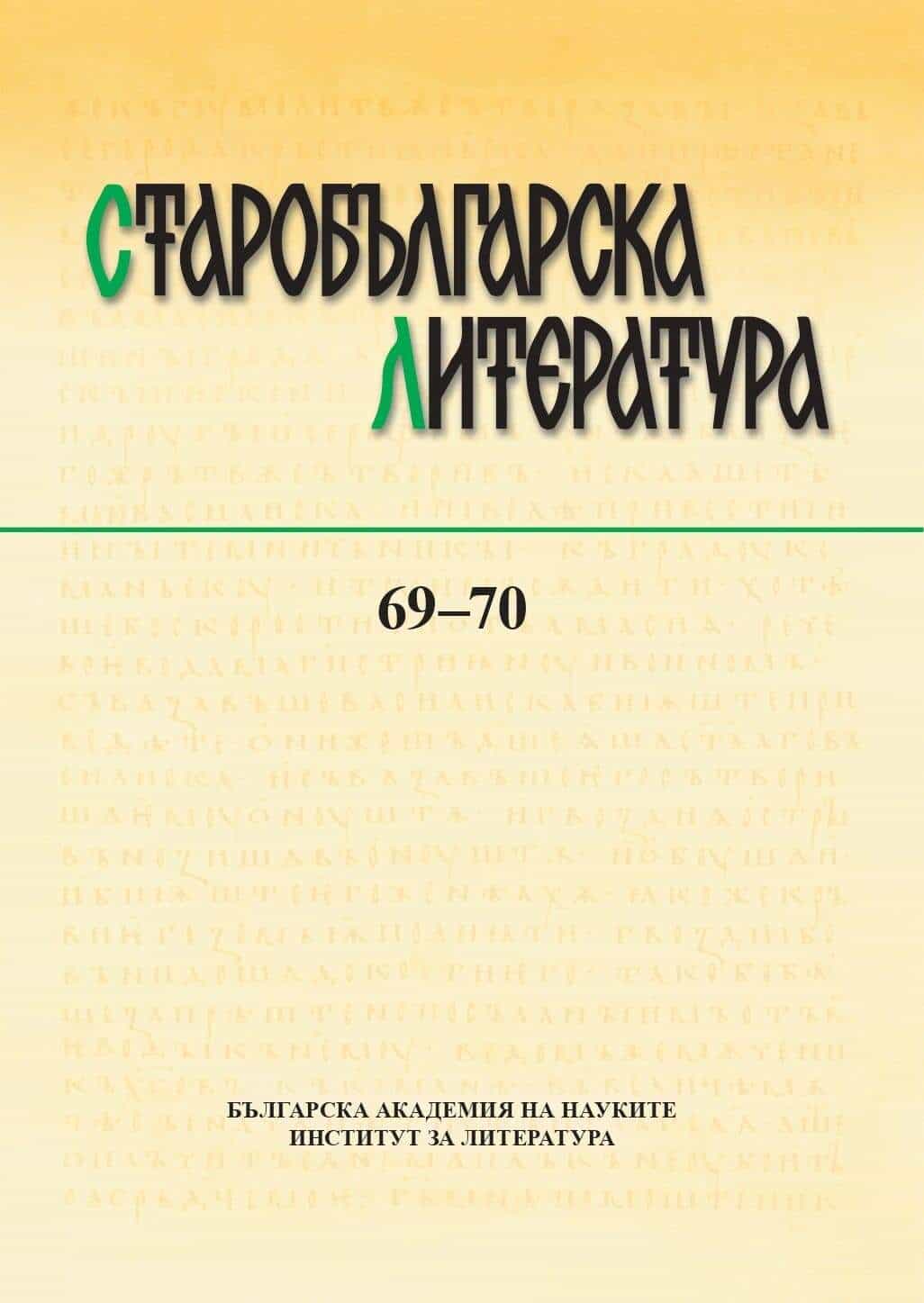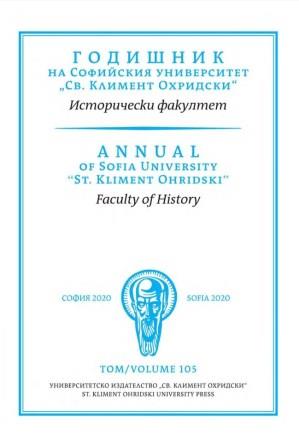Author(s): Dorotei Getov,Mariya Yovcheva / Language(s): Greek, Ancient (to 1453),Bulgarian,Old Slavonic,Old Bulgarian
Issue: 69-70/2024
With the present work, we offer the editio princeps of a little-known, 9th c., Byzantine poetic text, based on five Greek witnesses (Atheniensis, EBE 558, Parisinus, BNF gr.1569, Atheniensis, EBE 841, Petropolitanus, РНБ Ф. 906, гр. 528 and Patmiacus 806A). For the first time, too, we print under every Greek hymnographic unit the corresponding texts of two Slavonic translations as witnessed in three manuscripts. The edition itself is preceded by our introductory observations and analysis of the textual history of the Office for Meletios Stratelates and companions. In it, the general characteristics of the works, poetics and the language of its author, Joseph the Hymnographer, are outlined and special attention is paid to the rich hagiographical material, presumably at the disposal of Joseph, for reshaping it into his hymnographic text, as documented also in the critical apparatus. Besides, attention is drawn to the two South Slavic translations of this Office. Unknown till now, they yield data which are indicative of the localization and chronology of their entry into the Slavonic milieu. The first translation, placed on May 24 in the Second Menaion of Dobriyan (codex 1/5 of Odessa National Scientific Library, 2nd half of the 13th c.), appears in the 13th c. during the formation of the Turnovo version of the Office Menaion, centered in or around the capital of Bulgaria. The second translation is registered on June 10 in three Serbian Menaia of the end of the 13th – beginning of the 14th c. (ЦИАИ 501, БРАН 4.5.10. (Сырку 2) and Хлуд. 156, ГИМ in Moscow), dependent on the Euergetis Typikon. Most probably it was made in the 13th c. during the process of liturgical reform by St. Sava of Serbia. When juxtaposed, the two Slavic translations show how well those men of letters manage to render the semantics and poetics in the Greek work, on the one hand, and outline differences in their approaches as translators, on the other. The material under review testifies that the Serbian litteratus reproduces relatively accurately the Greek text and, as a result, he has succeeded in following the Greek original to a greater extent in terms of form and content. The version of ОННБ 1/5 teems with imprecise and vague renderings of words and phrases, and thus not only the poetic and literary value of the text of Joseph the Hymnographer is lost, but also the meaning of a number of troparia is simplified, distorted or rendered difficult to comprehend.With the present work, we offer the editio princeps of a little-known, 9th c., Byzantine poetic text, based on five Greek witnesses (Atheniensis, EBE 558, Parisinus, BNF gr.1569, Atheniensis, EBE 841, Petropolitanus, РНБ Ф. 906, гр. 528 and Patmiacus 806A). For the first time, too, we print under every Greek hymnographic unit the corresponding texts of two Slavonic translations as witnessed in three manuscripts. The edition itself is preceded by our introductory observations and analysis of the textual history of the Office for Meletios Stratelates and companions. In it, the general characteristics of the works, poetics and the language of its author, Joseph the Hymnographer, are outlined and special attention is paid to the rich hagiographical material, presumably at the disposal of Joseph, for reshaping it into his hymnographic text, as documented also in the critical apparatus. Besides, attention is drawn to the two South Slavic translations of this Office. Unknown till now, they yield data which are indicative of the localization and chronology of their entry into the Slavonic milieu. The first translation, placed on May 24 in the Second Menaion of Dobriyan (codex 1/5 of Odessa National Scientific Library, 2nd half of the 13th c.), appears in the 13th c. during the formation of the Turnovo version of the Office Menaion, centered in or around the capital of Bulgaria. The second translation is registered on June 10 in three Serbian Menaia of the end of the 13th – beginning of the 14th c. (ЦИАИ 501, БРАН 4.5.10. (Сырку 2) and Хлуд. 156, ГИМ in Moscow), dependent on the Euergetis Typikon. Most probably it was made in the 13th c. during the process of liturgical reform by St. Sava of Serbia. When juxtaposed, the two Slavic translations show how well those men of letters manage to render the semantics and poetics in the Greek work, on the one hand, and outline differences in their approaches as translators, on the other. The material under review testifies that the Serbian litteratus reproduces relatively accurately the Greek text and, as a result, he has succeeded in following the Greek original to a greater extent in terms of form and content. The version of ОННБ 1/5 teems with imprecise and vague renderings of words and phrases, and thus not only the poetic and literary value of the text of Joseph the Hymnographer is lost, but also the meaning of a number of troparia is simplified, distorted or rendered difficult to comprehend.
More...
